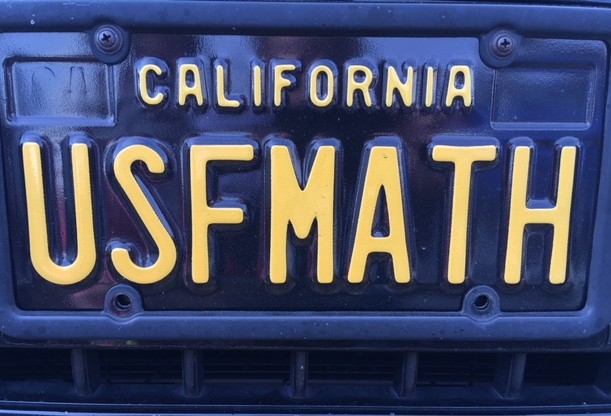Document Type
Article
Publication Date
2006
Abstract
Should you decide that spectral analysis is worth looking into (as we hope to convince you), then you will be happy to know that there are efficient algorithms for doing spectral analysis. Perhaps more interestingly, at least from a mathematical perspective, these algorithms involve an intriguing mixture of ideas and techniques from linear algebra, abstract algebra, numerical analysis, and graph theory.
The focus of this paper is the linear algebraic framework in which the spectral analysis of voting data like that above is carried out. As we will show, this framework can be used to pinpoint voting coalitions in small voting bodies like the United States Supreme Court. Our goal is to show how simple ideas from linear algebra can come together to say something interesting about voting. And what could be more simple than where our story begins— with counting.
DOI
10.2307/27642969
Recommended Citation
Lawson, B., Orrison, M., & Uminsky, D. (2006). Spectral analysis of the supreme court. Mathematics Magazine, 79(5), 340-346. http://dx.doi.org/10.2307/27642969




Comments
This work is a pre-print of an article published by the Mathematical Association of America, copyright 2006.
The published version is available at: http://dx.doi.org/10.2307/27642969